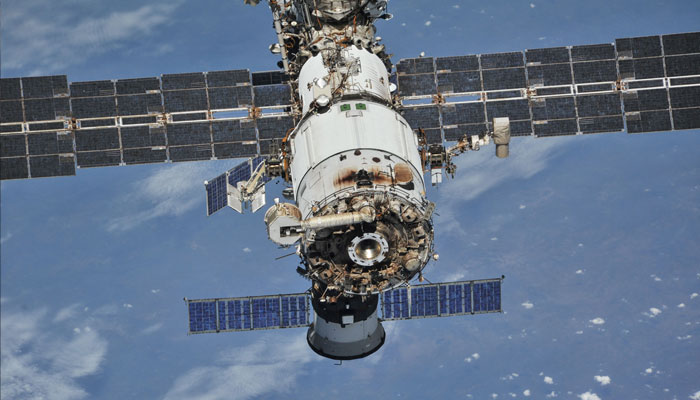ERS-2: Where will 5,000-pound satellite crash on Earth?
ESA cannot precisely predict the time and location of re-entry
February 21, 2024

As per the latest estimates from the European Space Agency (ESA), the Earth observation satellite ERS-2 is anticipated to undergo an uncontrolled re-entry into Earth's atmosphere today around 11:32 am EST, with a margin of error of plus or minus 4.6 hours, CBS News reported.
Weighing as much as an adult male rhinoceros or nearly 5,000 pounds, the satellite's return is deemed "natural" due to depleted batteries and the shutdown of its communication antenna and onboard electronics, rendering ground control ineffective during descent.
The decision to expend the last of ERS-2's fuel in 2011 aimed to minimise the risk of a catastrophic explosion that could generate substantial space debris.
While the ESA cannot precisely predict the time and location of re-entry, they assure that the majority of the satellite will burn up upon re-entering Earth's atmosphere. Any remaining fragments are expected to fall harmlessly into the ocean, devoid of toxic or radioactive substances.
The Space Agency emphasises the minimal risk associated with space debris, stating that the annual probability of a person being injured by such debris is under 1 in 100 billion, significantly lower than the risk of being struck by lightning, approximately 65,000 times less likely.
Launched in 1995, ERS-2 served as an Earth observation spacecraft, collecting data on land surfaces, oceans, and polar caps. Its mission concluded in 2011 when the ESA initiated the deorbiting process, lowering the satellite's average altitude to ensure a safe re-entry into Earth's atmosphere within the following 15 years.









